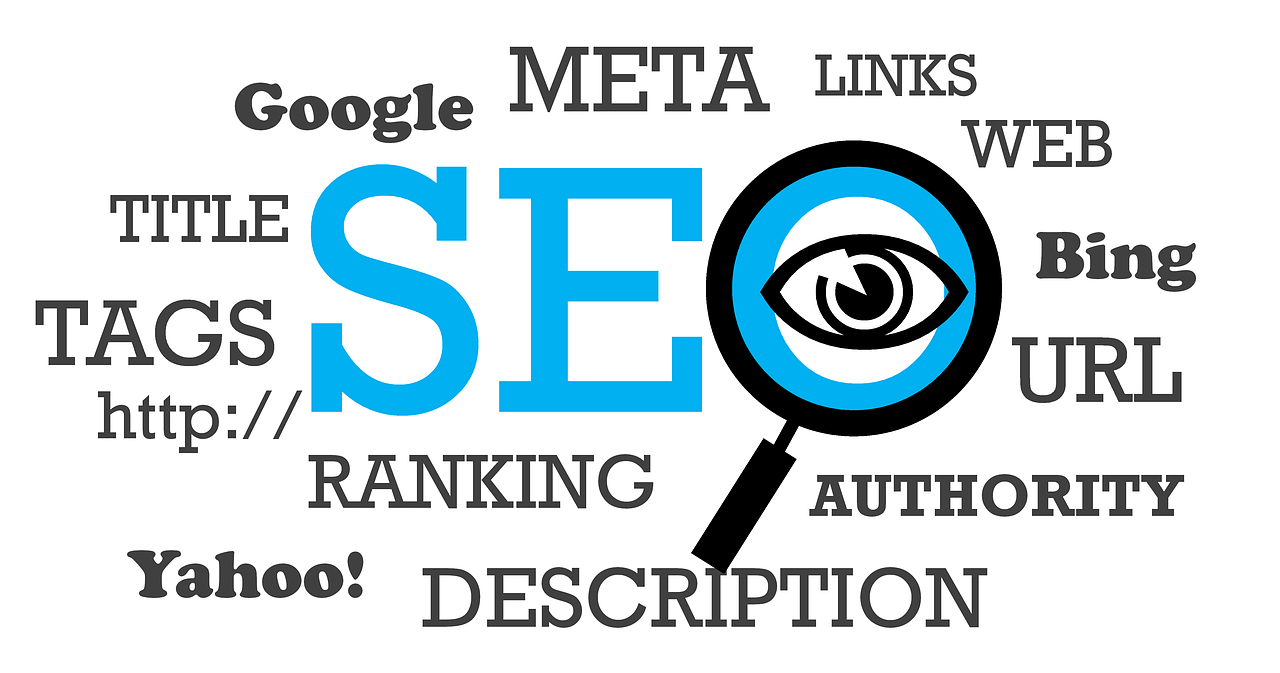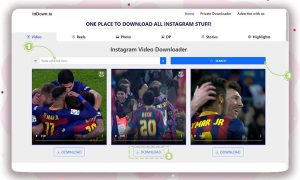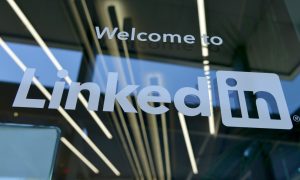Most Important Factors of On-Page SEO That You Need to Know

The strategies which work and happen on your website are called on-page SEO strategies. These usually contain the usage of proper title tags, content, the speed of the site concerned, the page URLs, the image alternate tags, the internal linking chains, and many more.
It is simply the process of optimizing a web page for search engines and also the visitors to the particular website. It has the presence of elements on the web page which helps to communicate to Google the information about the content of the website.
You need to make use of an on-page SEO strategy frequently to reward you with the top visibility on the search engine results page. Lot has changed about the search engines in the last two decades. Google still looks at keywords the same it used to do in the earlier days, but the practice of keyword stuffing in websites has stopped long ago as it has been observed that it ruins the user experience.
With the betterment of the Google search algorithm and as it gets more and more sophisticated, the user-focused on-page SEO factors are becoming more and more important. When the process is carried out properly, this enables the search engines to better understand the content in focus which allows it to rank the most relevant URLs for the specific query at hand. The user usually appreciates the organization and clarity that on-page optimization aims to deliver. Some of the factors and best practices for this are:
On-Page SEO Factors that Increase Your Ranking in SERP
Better usage of URLs
Google has very clearly stated in recent years, that the algorithm is helped by the presence of better URLs for the web pages. URLs may be optimized in several ways like the inclusion of a word in the URL. The word needs to be placed as much left in the URL as possible to increase its visibility. The makers must use real words in URLs as much as possible. The URL structure must be kept as short and tacky as possible. The words in the URLs should ideally be separated by hyphens as the spaces are not allowed. This makes the words more readable to the algorithm. Whenever possible, one should avoid the usage of session IDs.
Better Title Tags and Meta Descriptions
Meta tags can be included under one of the most important on-page SEO factors. Every Page has a title tag that is used to display on the search engine. Meta descriptions can be defined as short summaries of the page which appear right below the title line on the search engine results page. Both of these are really important for the search engines and the users in understanding the purpose of the page concerned. The primary keyword must be placed near the beginning of the title. The meta must be kept at around 60 characters. One must write clear and compelling titles which make them clickable. The meta description must ideally describe the page in short.
Structured Data
This helps Google to understand the content present in the web page to an even better extent, which makes this one of the crucial parts of the on-page SEO audit. Structured can be categorized into several types which include: books, articles, snippets, events, and many more. Google is known for often using this structured data directly in the search results, combining and showing them as a “rich snippet”. The presence of a “rich snippet” increases the chances of clicks on the results shown. The simplest way to use structured data is to use Google’s Data Markup Helper. You need to just enter the URL of a particular page and Google will be helping you in the process of adding structured data. you may know here about Best On-Page SEO Tools Available Online.
Implementation of Interesting Headers
The usage of multiple headers (H1 tag, H2, H3…) on the web pages will help with the process of SEO. The first advantage of the header is that it makes the content easily readable for visitors. If the visitor receives a plain wall of text on a page, there are the highest possibilities that they will abandon the page. Multiple headers help in grasping the attention of the user, which in turn helps in improving the overall user experience. The subheadings are an element that helps Google in understanding the contents of a page. Headers should ideally contain primary keywords in one or two of the H2 Headers. You also may add longer keywords to send stronger signals to Google.
SEO Copywriting
A great piece of copywriting can supercharge the process of SEO. If anyone invests in great content for their landing pages, more and more users will tend to engage. One should write very concise and compelling introductions. They need to clearly articulate the problem and the solution. There should be an emphasis on avoiding long sentences and paragraphs. One should ideally break up sections with a word range longer than 300 words into subheadings. It is advised to add the target SEO keyword naturally in the entirety of the page copy. The content should be aligned with the search intent. The writers are expected to write for the readers. One can also add stories to garner the reader’s interest.
Early usage of the target keyword
One should ideally try to use the target keyword for the article in the first 100 words of the content piece. This provides a signal to the Google algorithms that this is the primary topic addressed in the page and tells the visitors that they are on the correct page. Just imagine how people go about searching for things on the internet. The users usually click on a search result, quickly go about scanning the whole content of the page, and leave if they do not find the page relevant. The writers should go about creating compelling intros which must include the target keyword to avoid the users from quickly bouncing.
Proper Keyword Density
The keyword density refers to the frequency of the usage of a specific keyword on a webpage. It is usually measured in terms of a percentage. There are no bound rules for the keyword density in a webpage but one needs to make sure that the keywords appear naturally during the article. After the primary keyword usage, one should also target to use synonyms, long-tail keywords, and the related terms which will help in page rankings. These are not the same as the latent semantic indexing keywords, which Google says not to use in the articles. These are just mere terms that are related to the topic which helps in building the context.
One should write readable text
The readability may not be a direct factor that decides to rank, it should be made part of the on-page SEO process. If you intend on making the visitors stay on longer, which you surely do, you should be using readable texts. If you do not do the same, the users will quickly bounce, which will indicate to Google that your content is not valuable enough. One should make the page skim-worthy. One should break up the contents into smaller digestible parts. There should be a usage of multiple headers and subheadings. One should use paragraph breaks to avoid large walls of text. Lastly, one should use clear and actionable sentences.
Internal Linking
Internal Linking is very essential for the process of on-page SEO as this helps the Google algorithms to understand the relationship between the pages on the site. An extensive framework of internal linking reinforces the relevance and depth of the coverage of the topic. Internal Linking is also are great for user experience. The Internal Links help to discover more content on the particular website. Additional blog posts or valuable information and subtopics can be easily added as further articles. A strong strategy for internal linking helps to improve the Google Analytics SEO metrics like bounce rate and conversion rate. It is also important to link pages out from more authoritative pages like the homepage.
Image Optimization
Images also need to be optimized for Search Engine Optimization. We can start by adding descriptive and appropriate file names, containing names separated by hyphens, and Google Understand only Tags so we need to use the Alt Tag to make an image optimize. The next step is to optimize the size of the file so that the page load quickly and also maintains the quality of the image. Having images with sizes greater than 400kb usually negatively impacts the loading time of the page. Tools like TinyPNG and WP Smush make the process of optimization easy. Last but not the least, add text to the image alt tags containing the appropriate keyword from the text. This lets the search engines understand the image better.
Conclusion
The process of on-page SEO is not as difficult as it seems on paper and can be performed easily when the above factors are kept in mind. This is an important process and it only helps in increasing the performance of your website.































































